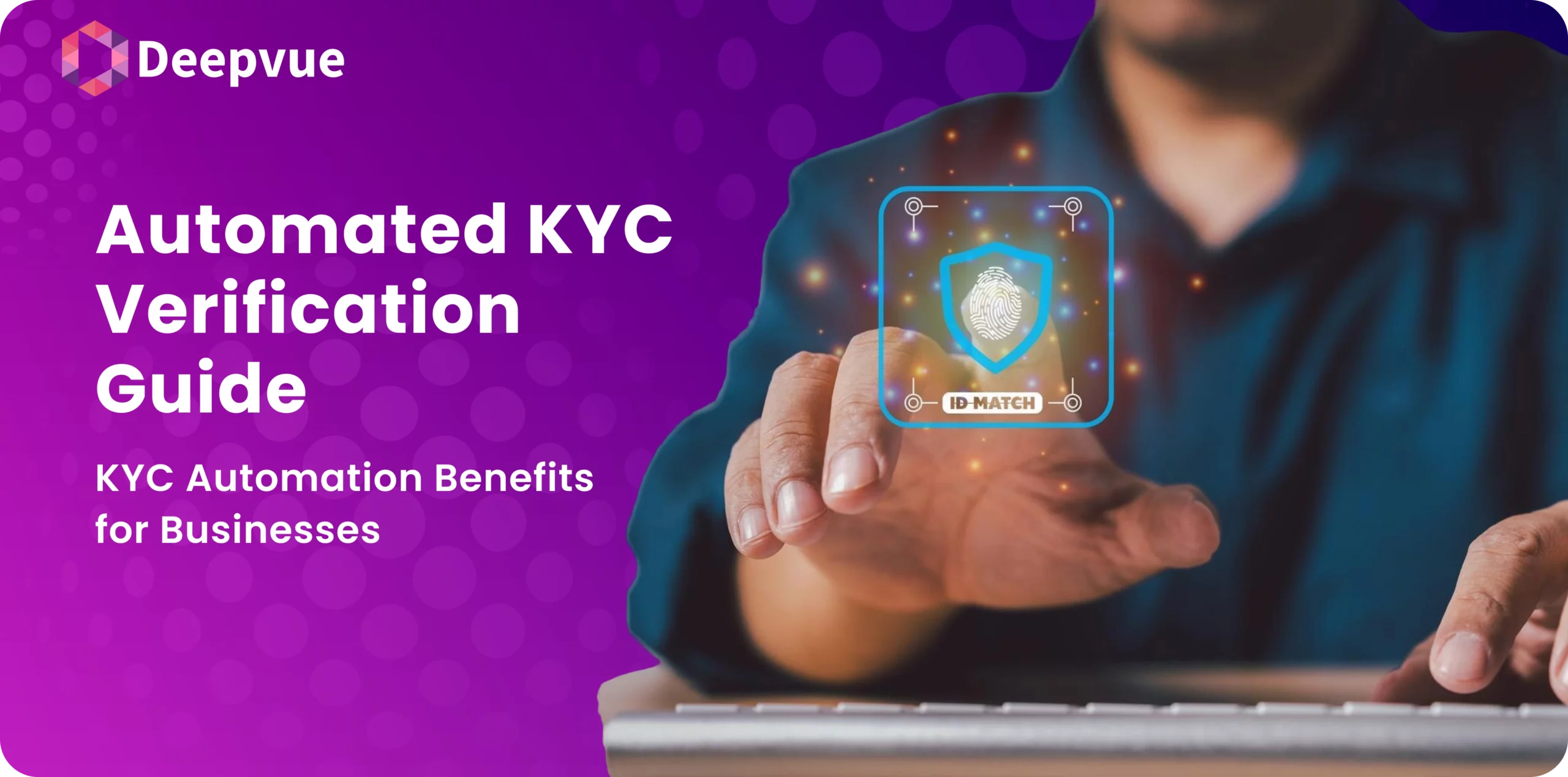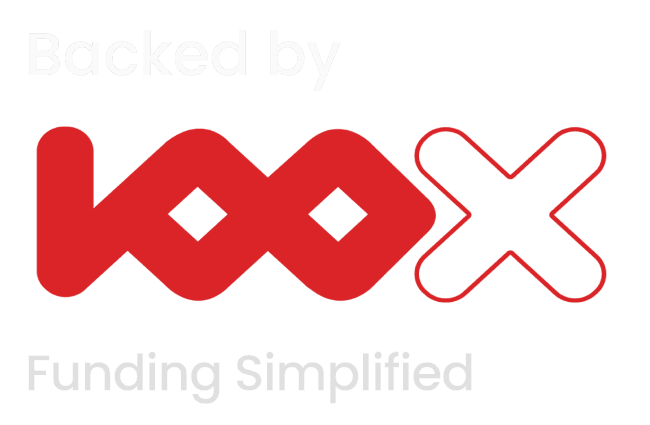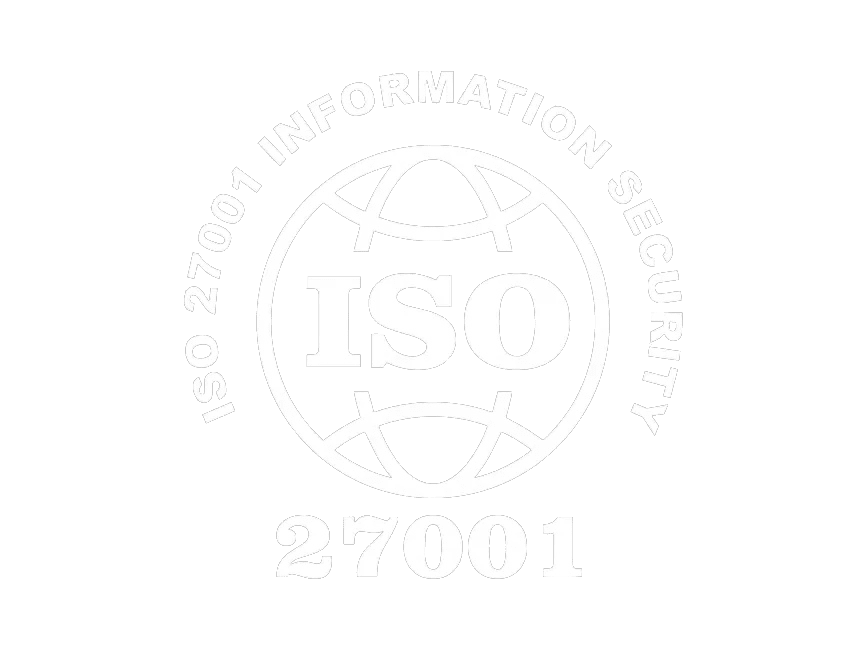The idea of ownership goes well beyond the aggregate of shareholdings in corporate organizations. It goes deeper into the bottom of what drives a business and the dynamics driving the decisions and actions of the business. Understanding the difference between beneficial owner and ultimate beneficial owner is important to prevent money laundering, halt the funding of terrorists, and increase financial transparency. Despite their superficial similarities, there are important distinctions between the two.
When it comes to protecting assets overseas and staying in conformity with regulatory frameworks, both the BO and UBO have almost similar ownership structures, benefits, and rights. However, the degree of control and the number of levels of ownership are what make them different. In this blog, we will clarify the concept of a beneficial owner and an ultimate beneficial owner. We will explore the difference between the beneficial owner and the ultimate beneficial owner and why this distinction is important.
What is a Beneficial Owner?
Beneficial owners are those who gain from owning something, even though the legal title is in another name. This can be an individual, a group of individuals, or even a corporation. These advantages usually manifest as financial gains, political clout, or dividends. The legal definition of a beneficial owner can differ as it typically centers on a specific amount of control or ownership.
Beneficial owners usually don’t have a hand in running the business, but they have a vested stake in its success. They may have some sway over decisions in a roundabout way or just enjoy the fruits of their labor as proprietors. Beneficial ownership isn’t merely about the shares, voting rights, or money. It plays an important role in fighting against illegal activities.
What is an Ultimate Beneficial Owner?
At the very top of a company’s organizational chart sits the Ultimate Beneficial Owner (UBO). These people can be stakeholders, power of attorney, etc, and have a substantial influence over a company. Among all beneficial owners, they stand to gain the most. A UBO ultimately owns or controls a customer in the end, or on whose behalf a transaction is being carried out.
Legislations like anti-money laundering (AML) and counter-terrorism financing (CTF) often require identifying the UBO in complex ownership structures. This is a common requirement for transparency and accountability.
Difference Between a Beneficial Owner and an Ultimate Beneficial Owner
Any person or entity having a direct or indirect interest in, or influence over, an asset is considered a beneficial owner. The asset can be a corporation’s stock, a piece of real estate, or a financial instrument. Beneficial owners are typically not listed as the legal owner. Everyone from stockholders to trust beneficiaries and even controlling persons can be a beneficial owner.
The ultimate beneficial owner, on the other hand, is a person who controls a legal entity in the end. No matter how convoluted the chain of ownership is they will still have control. When it comes to preventing crimes, UBOs are frequently in compliance and anti-money laundering (AML) legislation at the same time.
| Aspect | Beneficial Owner (BO) | Ultimate Beneficial Owner (UBO) |
| Definition | Anyone with direct or indirect ownership/control of an asset | The highest-level individual with ultimate control over a company or asset |
| Ownership Type | Can be partial or indirect | Must be ultimate and significant |
| Legal Standing | May or may not be the final owner | The final person/entity behind all ownership layers |
| Regulatory Focus | Less stringent | Subject to strict AML/KYC regulations |
Why Distinguishing Between BOs and UBOs Matters?
Legal compliance, risk management, financial transparency, and effective governance are just a few areas of knowing the difference between a beneficial owner and an ultimate beneficial owner, which is essential. To curb financial crimes, some jurisdictions have enacted rules and regulations mandating the disclosure of information regarding ultimate beneficial owners. To understand these requirements and fulfill their legal responsibilities, it is essential for organizations to understand the difference between a beneficial owner and an ultimate beneficial owner. To guarantee accountability, it is helpful to identify the UBOs or those who govern a business.
Understanding the difference between beneficial owners and ultimate beneficial owners will help organizations in implementing due diligence methods. This way organizations can reduce risks associated with clients or partners. Additionally, organizations can have a transparent decision-making process to uphold ethical standards. Considering how different ownership forms affect one’s control and access to assets is crucial in succession planning and the accurate transfer of assets as per the UBO’s desires. Comprehending the difference between BOs and UBOs will help businesses meet diverse standards and avoid legal problems that may develop from ambiguity and underreporting. Reputational harm, investor distrust, and unfavorable press can result from withholding beneficial ownership (UBO) information. When the leaders in an organization grasp these ideas, they can confidently control their reputation and maintain the trust of their stakeholders.
What is the Significance of Beneficial Ownership Identification in Ensuring KYC Compliance?
Companies need to identify the beneficial owners of their customers, suppliers, and other third parties if they are to comply with Know Your Customer (KYC) requirements. This allows banks to assess the potential risks of a business alliance such that companies may select their business partners prudently. KYC compliance will deter the intrusion of legitimate commercial relationships by unwarranted actors. Furthermore, it will also meet investor and customer satisfaction for transparency and good company governance. Audit reporting and due diligence will eventually combat corruption, bribery, and financial crime.
Methods for Identifying BOs and UBOs

- KYC (Know Your Customer) Procedures: Perform due diligence to confirm identities and ownership structures.
- Ownership Structure Analysis: Examine corporate documentation, shareholder information, and organizational structures.
- Public and Private Databases: Validate data using regulatory reports, company registries, and financial statements.
- Enhanced Due Diligence (EDD): Examine intricate ownership structures, offshore companies, and politically exposed persons (PEPs).
- Third-Party Verification Services: Employ specialist compliance companies and software to verify identities.
- Transaction Monitoring: Screen financial transactions for patterns that reveal concealed ownership.
- Self-Disclosure Forms: Mandate companies to disclose their BOs and UBOs in regulatory reports.
- Legal Entity Identifier (LEI) System: Apply LEI codes to monitor corporate ownership worldwide.
Challenges in the Identification of BOs and UBOs
- Complex Corporate Structures: Application of numerous layers, shell companies, and offshore companies to conceal ownership.
- Lack of Transparency: Company registries and ownership data are restricted in some jurisdictions.
- False or Misleading Information: BOs can employ nominee directors, proxies, or fictitious names.
- Cross-Border Regulations: Differing disclosure requirements between nations create loopholes.
- Data Privacy Legislation: Limitations on access to financial and ownership information impede identification processes.
- High Turnover in Ownership: Frequent exchange of shares and ownership renders tracking challenging.
Conclusion
Companies, financial institutions, and regulators must learn the difference between a Beneficial Owner (BO) and an Ultimate Beneficial Owner (UBO). Although both terms refer to individuals or entities that are in control of or own assets, a UBO is the person at the top who exercises ultimate benefit or control over an entity, either indirectly. This difference is specifically significant in alignment with anti-money laundering (AML) and Know Your Customer (KYC) rules.
FAQs
What is the difference between a beneficial owner and an ultimate owner?
A beneficial owner is a person who indirectly owns or controls a company even when his name is not mentioned in official records. An ultimate owner, who is also recognized as the Ultimate Beneficial Owner (UBO), is a person at the highest level possessing a substantial influence on the company with more than 25% equity or vote-holding.
What are PSC and UBO?
PSC (Person with Significant Control) is a term primarily in the UK used for those with substantial control of a company. UBO (Ultimate Beneficial Owner) is a more general term used worldwide to indicate the beneficial owner or controller of a company, no matter the corporate structure.
How does UBO differ from SBO?
UBO (Ultimate Beneficial Owner): The ultimate owner or controller of a business, typically with 25% or more shares.
SBO (Significant Beneficial Owner): A widely used term in India, where a person who controls 10% or more shares or voting rights in a company would be regarded as an SBO.
How to determine the UBO?
UBO can be determined by looking for the presence of people owning 25% or more, following indirect control through voting rights or ownership layers, and validating through business registries, KYC verification, and regulatory databases.
What are the possible consequences of inaccurate UBO identification?
Inaccurate UBO identification can result in legal sanctions, heightened exposure to financial crime such as fraud or money laundering, reputational risk, regulatory attention, and business disruption such as frozen accounts or declined transactions.








